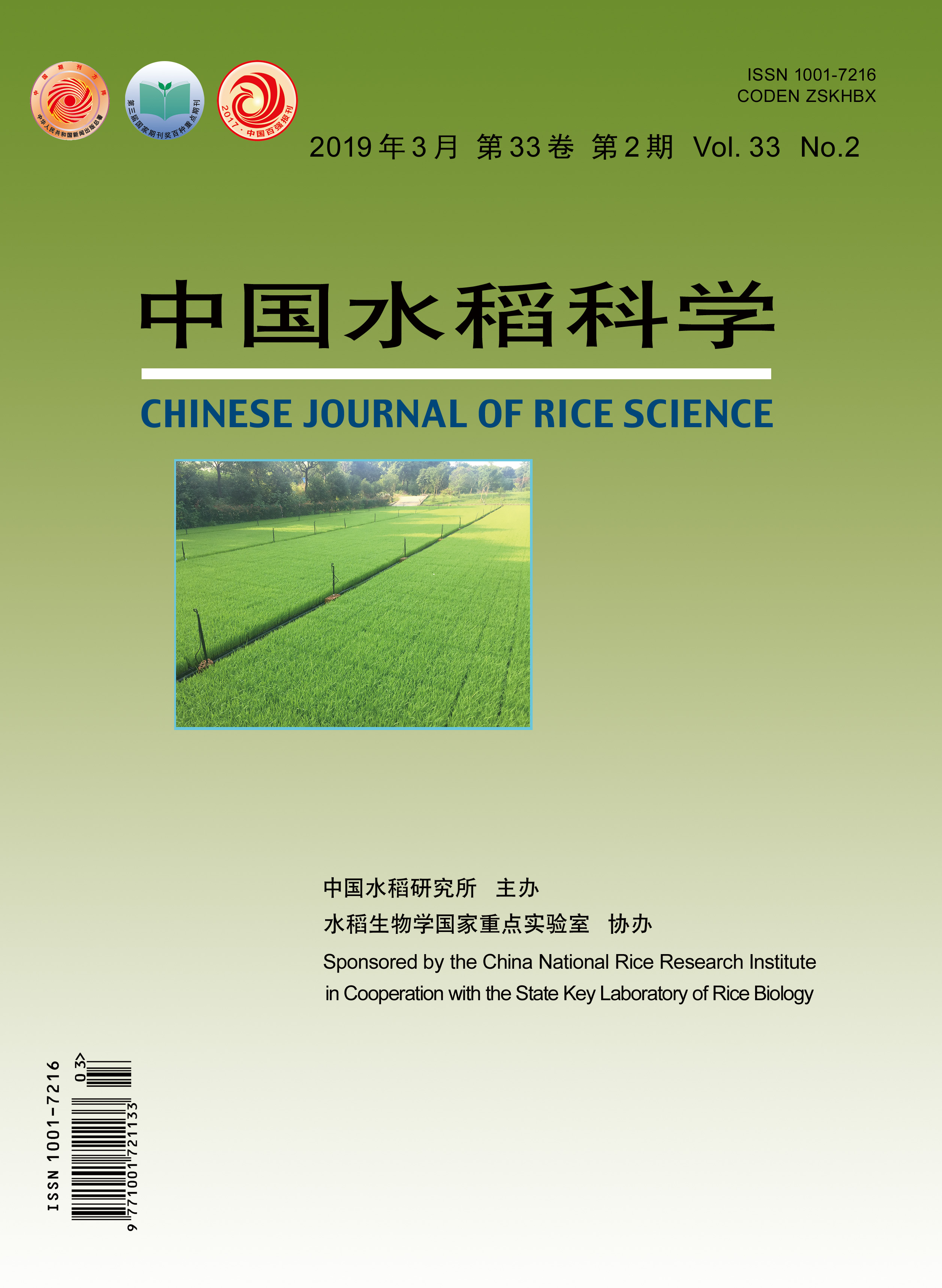【Objective】Our aim is to compare the resistance to rice blast of indica rice varieties identified from rice regional trials in the middle and lower reaches of the Yangtze River in China, and analyze the characteristics of six identification plots.【Method】Eight-hundred indica rice varieties (including 111 early-season indica, 468 mid-season indica and 221 late-season indica) were tested from rice planting regions in the middle and lower reaches of Yangtze River in China since 2013 to 2017. The resistance to rice blast (leaf blast and panicle blast) of the testing varieties was identified in six experimental plots distributed respectively in Zhejiang, Hunan, Hubei, Anhui, Fujian and Jiangxi Provinces.【Result】47.5% of all the 800 rice varieties showed moderately susceptible to rice blast, followed by the moderately resistant, susceptible and highly susceptible varieties to rice blast. While only 0.2% of the varieties were resistant, and no highly resistant variety was found. The resistance composite indexes in early-, mid- and late-season varieties were 4.95, 4.85 and 4.54, respectively, indicating that all types of varieties showed moderately susceptible to rice blast. Among the six experimental plots for resistance identification, the average composite index of all varieties in Zhejiang was the lowest. In Hubei, the leaf blast was the most serious; however, the loss rate of panicle blast was the lowest. The disease grade of leaf blast in Anhui was the lowest. The incidence of panicle blast was the lowest in Fujian. In Jiangxi, the incidence and the loss rate of panicle blast, and the composite index were all the highest. According to the composite index of all varieties, the moderately susceptible varieties were the largest proportion in Zhejiang, Hunan, Hubei, Anhui and Jiangxi, however, the varieties with middle resistance were the most in Fujian. According to the disease grade for the loss rate of panicle blast, the varieties with middle resistance to panicle blast were the most in Zhejiang, Hunan and Hubei. The moderately susceptible varieties were the most in Anhui. However, in Fujian, the resistant varieties were in the largest ratio. The proportions of different types of varieties were similarly in Jiangxi. 【Conclusion】The overall levels of disease resistance in indica rice varieties from the middle and lower reaches of the Yangtze River in China was in a low level. Same varieties showed different resistance levels in different identification plots, because the six plots possibly had their own characteristics. Thus the average resistance values for the tested varieties identified in the six plots are better to fully and objectively reflect the resistance levels of new rice varieties to rice blast.

